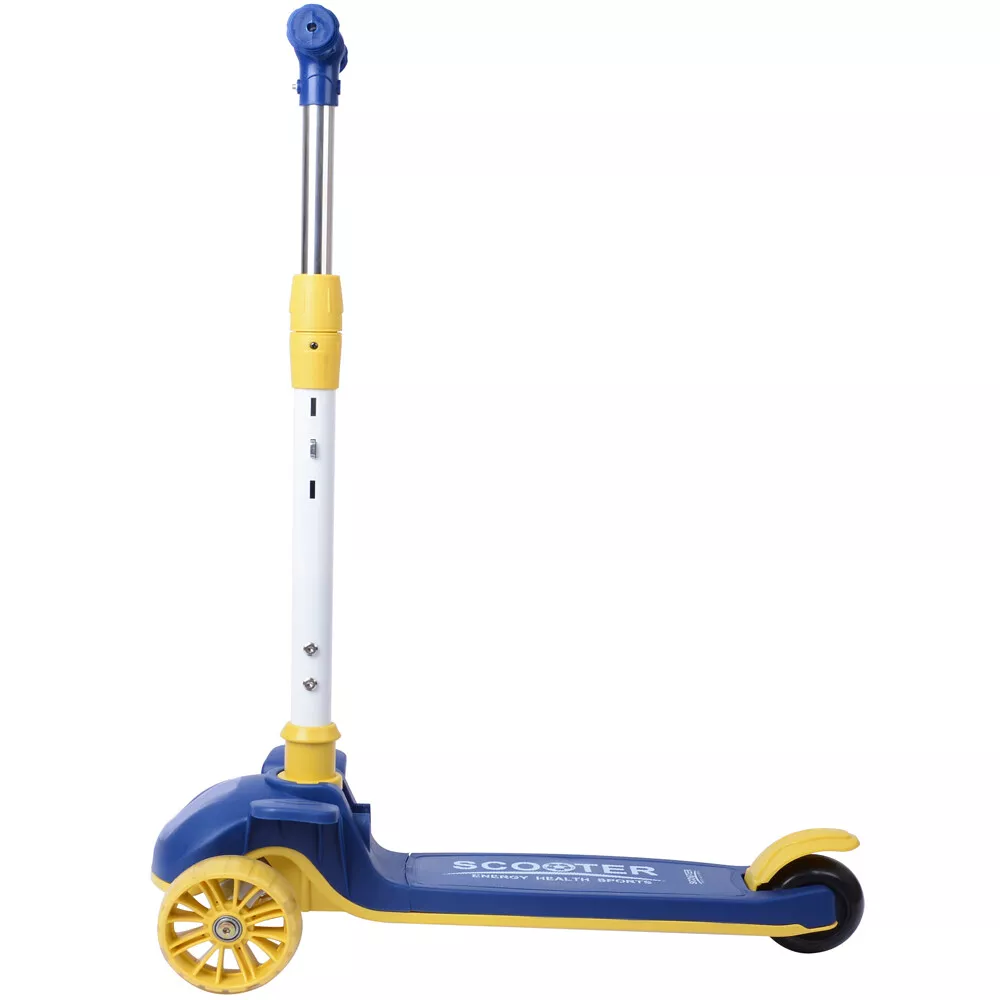The History of the Kids’ Scooter
The scooter has a rich history that extends beyond its contemporary form. Although it is often considered a modern invention, the origins of scooters can be traced back to the early 19th century, when two-wheeled vehicles began to gain popularity. The evolution of the kids' scooter is a fascinating journey that reflects changes in technology, culture, and play.
The earliest scooter-like vehicles were developed in the 1810s. These primitive scooters consisted of a wooden plank with two wheels on either end and a handlebar, created for simple propulsion using one's feet. While these inventions were more akin to push scooters, they laid the groundwork for what would later become a favorite toy among children.
The History of the Kids’ Scooter
The 1950s and 1960s marked a significant turning point in the popularity of scooters among kids. As society transitioned to a more family-oriented culture, motorized scooters became accessible due to increased manufacturing capabilities. In 1950, the creations from brands such as Razor emerged, allowing kids to experience the thrill of scooting around the neighborhood. The introduction of lightweight materials like aluminum made these scooters more durable and manageable for children.
history of the kids scooter

In the 1990s, the scooter experienced a major renaissance, thanks in large part to the efforts of small entrepreneurs. The launch of the Razor scooter in 1999 transformed the scooter market. The Razor scooter, with its sleek design and easy-to-ride capabilities, became an instant hit with children and pre-teens. It combined a lightweight frame with an adjustable handlebar height and introduced a new model of scooting that was not only fun but also promoted physical activity.
Contemporary kids’ scooters come in varied designs, ranging from two-wheel models to tri-wheeled versions for younger children. The corresponding rise in scooter parks and organized scooting events reflects the growing recognition of scooting as a sport. Scooters now are not merely toys; they encompass a sense of community and competition, with young riders articulating their skills and artistry through tricks and flips. Such events help foster a culture of camaraderie, creativity, and active play.
Moreover, safety has become a significant focus in the design and manufacture of kids' scooters. Modern scooters are often equipped with features such as non-slip decks, safety brakes, and LED lights to ensure the safety of young riders. Manufacturers have emphasized the importance of safety gear, advocating the use of helmets and knee pads to prevent injuries, which has resulted in a more responsible approach to scooting.
The kids' scooter continues to evolve, integrating technology and innovation. Electric scooters, often seen in urban environments, are gaining traction, enabling kids to experience the thrill of faster speeds and longer distances. However, these advancements also prompt discussions on safety and regulations pertaining to their use.
In conclusion, the history of the kids’ scooter is one of continuous evolution, mirroring societal changes and technological advancements. From humble beginnings as a wooden platform with wheels to a modern vehicle that promotes physical activity and community, the scooter remains a beloved choice for children around the world. As we look to the future, the kids' scooter will likely adapt even further, embracing new innovations while retaining the spirit of fun and freedom that has defined it for generations.
-

 Scoot&RideKids Child Kick Push Scooter 3 Wheels with LED Flashing Tilt Lean Boys Girls Scooter
Scoot&RideKids Child Kick Push Scooter 3 Wheels with LED Flashing Tilt Lean Boys Girls Scooter




- 4
$33.17 -

 Scoot&RideKids Scooter Child Kick Flashing LED Light Up 3 Wheel Push Adjustable Folding 3
Scoot&RideKids Scooter Child Kick Flashing LED Light Up 3 Wheel Push Adjustable Folding 3- 0
$25.52 -

 Scoot&RideKids Scooter Child Kick Flashing LED Light Up 3 Wheel Push Adjustable Folding 2
Scoot&RideKids Scooter Child Kick Flashing LED Light Up 3 Wheel Push Adjustable Folding 2- 0
$33.17 -

 Scoot&RideKids Scooter Teens Foldable Kick Push Scooter Adjustable Height Safe 2 Wheels
Scoot&RideKids Scooter Teens Foldable Kick Push Scooter Adjustable Height Safe 2 Wheels




- 4
$49.99
Meet our partners and discover what powers their creativity!
When you register for a Lohas scooter, you will receive a 10% discount on your first order and can be notified of sales, new product launches and other offers in advance.









